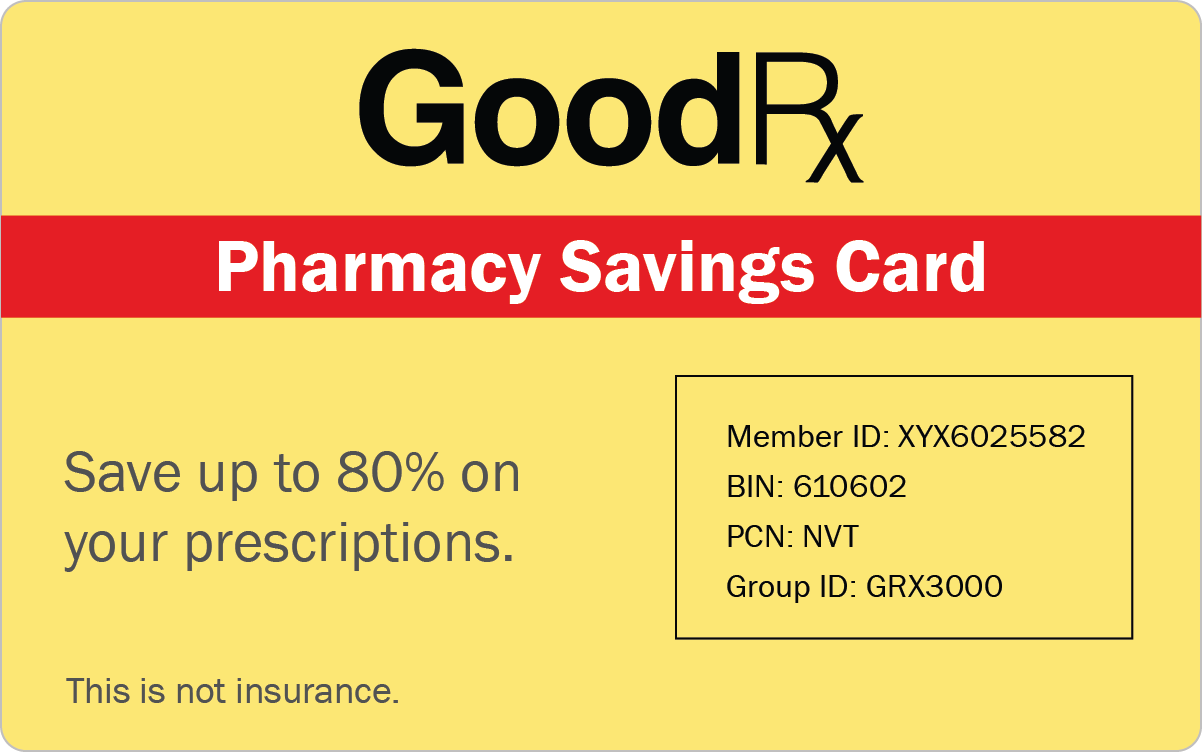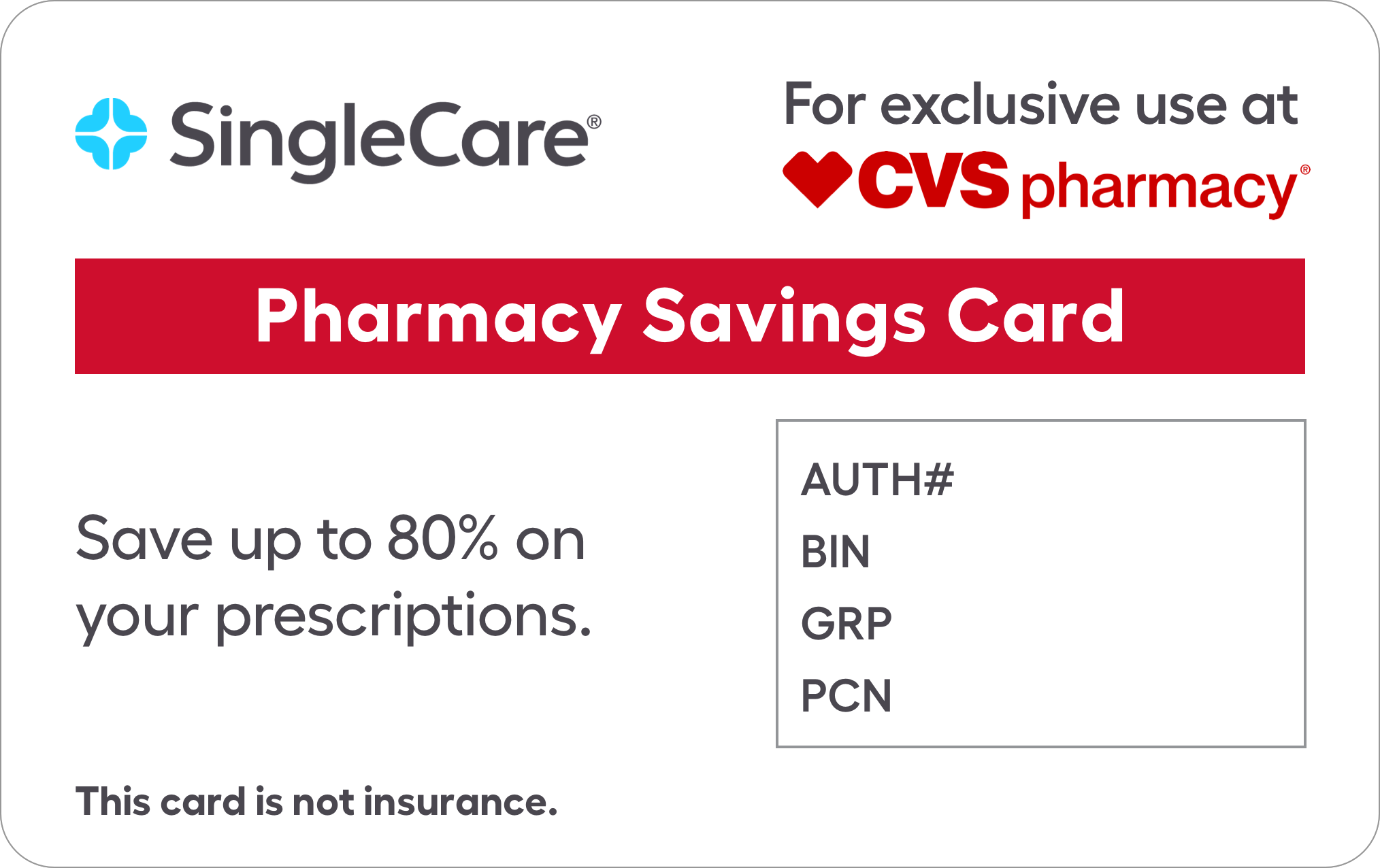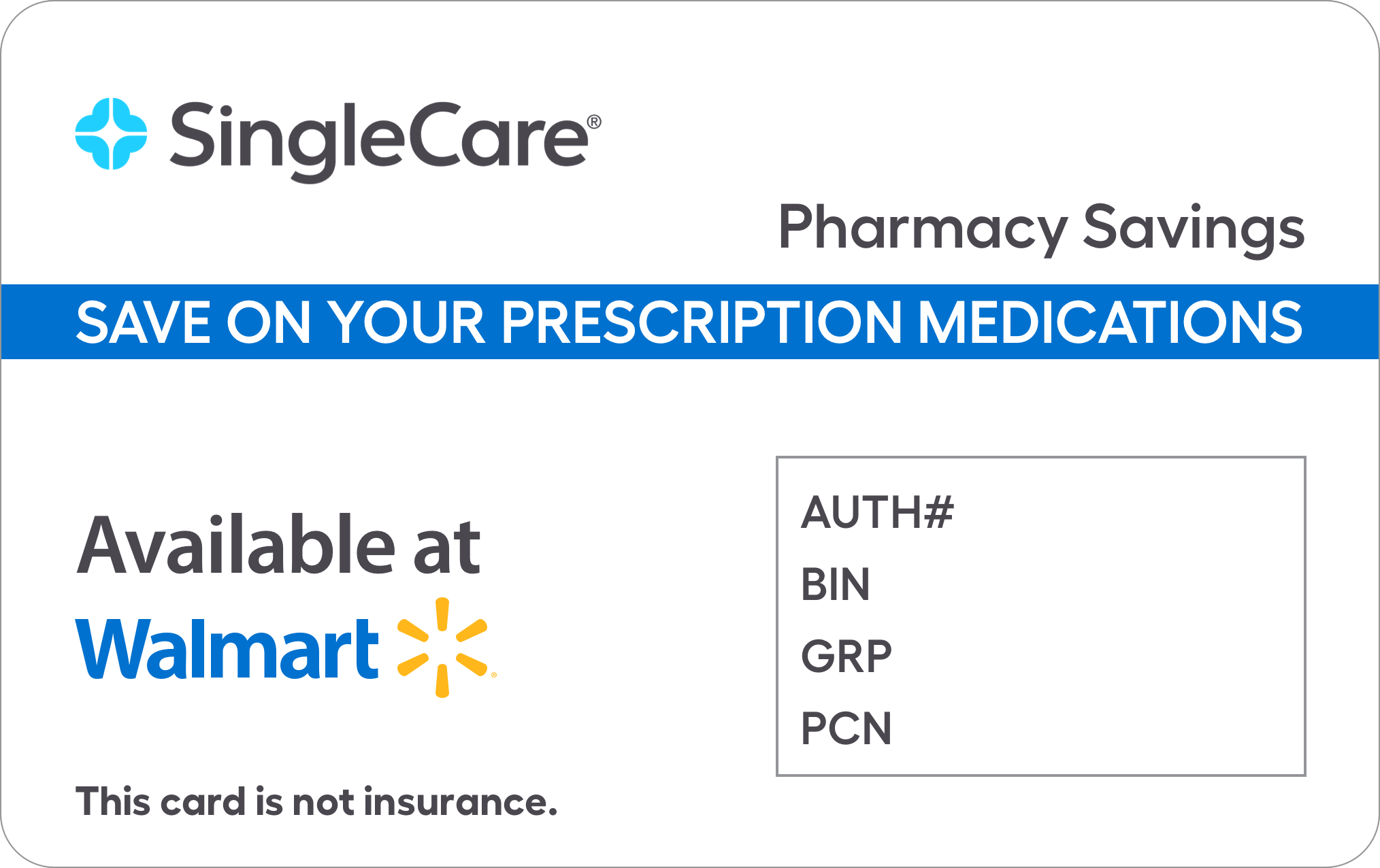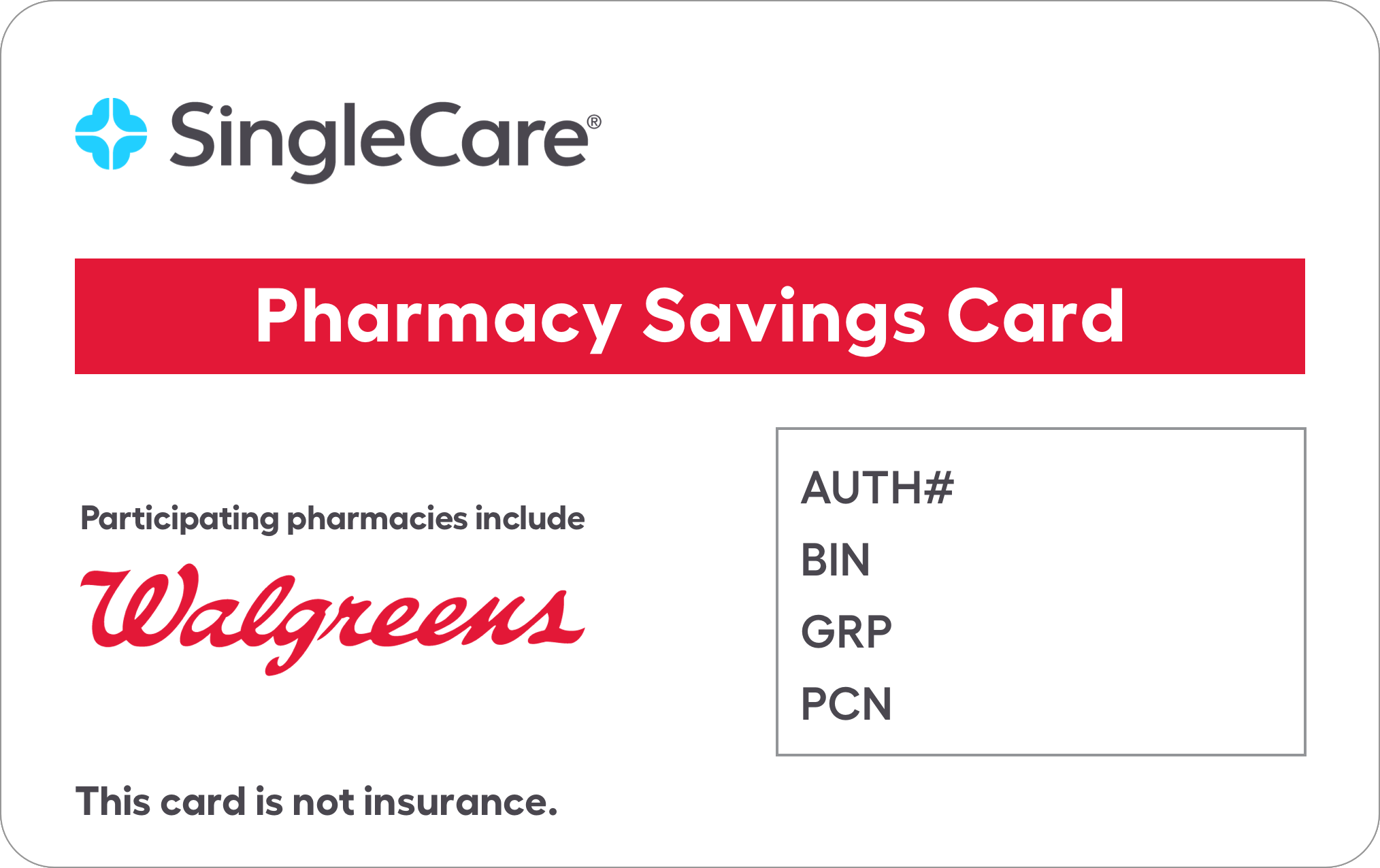This medicine is a combination of a beta-adrenergic (sympathomimetic) bronchodilator and an anticholinergic bronchodilator used for treating chronic obstructive pulmonary disease (COPD) in patients who require more than one bronchodilator.
Follow the directions for taking this medicine provided by your doctor. AN EXTRA PATIENT LEAFLET is available with this medicine. Talk to your pharmacist if you have questions about this information. A health care provider will teach you how to use this medicine at home. Be sure you understand how to use this medicine. Follow the procedures you are taught when you use a dose. Contact your health care provider if you have any questions. TO USE THIS MEDICINE, twist open the top of the vial and pour the entire contents into the nebulizer unless otherwise directed by your doctor. Use this medicine as soon as you open the vial. Throw away any unused medicine. Do not save the medicine in an open vial for use at a later time. CONNECT the nebulizer reservoir to the mouthpiece or face mask. Connect the nebulizer to the compressor. Sit in a comfortable, upright position. Place the mouthpiece in your mouth (or put on the face mask) and turn on the compressor. BREATHE as calmly, deeply, and evenly as possible until no more mist is formed in the nebulizer chamber (about 5 to 15 minutes). CLEAN THE NEBULIZER according to the instructions. If you do not keep the nebulizer clean, bacteria may get into the medicine and you may get an infection. CONTACT YOUR HEALTH CARE PROVIDER at once if you feel you have taken too much of this medicine. STORE THIS MEDICINE between 36 and 77 degrees F (2 and 25 degrees C). Store away from heat, moisture, and light. Store unused vials in the foil pouch until you are ready to use a dose. Do not store in the bathroom. KEEP THIS MEDICINE out of the reach of children and away from pets. CONTINUE TO USE THIS MEDICINE even if you feel well. Do not miss any doses. IF YOU MISS A DOSE of this medicine, take it as soon as possible. If it is almost time for the next dose, skip the missed dose. Go back to your regular dosing schedule. DO NOT take 2 doses at once.
Some medicines or medical conditions may interact with this medicine. INFORM YOUR DOCTOR OR PHARMACIST of all prescription and over-the-counter medicine that you are taking. ADDITIONAL MONITORING OF YOUR DOSE OR CONDITION may be needed if you are taking anticholinergic medicines (eg, bromocriptine, scopolamine), beta-blockers (eg, propranolol), digoxin, diuretics (eg, furosemide, hydrochlorothiazide), or other sympathomimetic bronchodilators (eg, pirbuterol, salmeterol). Tell your doctor if you have taken linezolid, a monoamine oxidase inhibitor (MAOI) (eg, phenelzine), or a tricyclic antidepressant (eg, amitriptyline) within the last 14 days. DO NOT START OR STOP any medicine without doctor or pharmacist approval. Inform your doctor of any other medical conditions, including a history of other lung or breathing problems (eg asthma), heart problems (eg, fast or irregular heartbeat), blood vessel problems, high blood pressure, low blood potassium levels, thyroid problems, diabetes, seizures, liver or kidney problems, an adrenal gland tumor (pheochromocytoma), enlarged prostate, blockage or narrowing of the bladder, glaucoma, increased pressure in the eye, allergies, pregnancy, or breast-feeding. Tell your doctor if you have had an unusual reaction to other sympathomimetic medicines (eg, pseudoephedrine), such as fast or irregular heartbeat, overexcitement, or severe trouble sleeping. Contact your doctor or pharmacist if you have any questions or concerns about using this medicine.
SIDE EFFECTS that may occur while taking this medicine include constipation, diarrhea, coughing, dizziness, dry mouth, headache, mild stomach upset, nausea, nervousness, runny or stuffy nose, sore throat, tremor, trouble sleeping, or unusual taste in mouth. If they continue or are bothersome, check with your doctor. CONTACT YOUR DOCTOR IMMEDIATELY if you experience burning, numbness, or tingling; chest, jaw, or arm pain; decreased coordination; difficult or painful urination; fainting; fast breathing; fast or irregular heartbeat; muscle pain, weakness, or cramping; new or worsening breathing problems (eg, shortness of breath, wheezing); pounding in the chest; severe or persistent headache, nausea, vomiting, or dizziness; severe or unusual drowsiness; severe stomach pain; sluggishness; swelling of the arms or legs; vision changes (eg, blurred vision, visual halos, colored rings); or voice changes. AN ALLERGIC REACTION to this medicine is unlikely, but seek immediate medical attention if it occurs. Symptoms of an allergic reaction include rash; hives; itching; difficulty breathing or swallowing; tightness in the chest; swelling of the mouth, face, lips, throat, or tongue; or unusual hoarseness. This is not a complete list of all side effects that may occur. If you have questions about side effects, contact your health care provider. Call your doctor for medical advice about side effects. You may report side effects to FDA at 1-800-FDA-1088.
IF OVERDOSE IS SUSPECTED, contact your local poison control center or emergency room immediately. Symptoms of overdose may include chest pain; fainting; fast or irregular heartbeat; muscle pain, weakness, or cramping; seizures; severe or persistent dizziness, dry mouth, fatigue, headache, light-headedness, nausea, nervousness, or trouble sleeping; severe or unusual drowsiness; or tremor.
Carry an identification card at all times that states you are taking this medicine. DO NOT SHARE THIS MEDICINE with others for whom it was not prescribed. DO NOT USE THIS MEDICINE for other health conditions. IF USING THIS MEDICINE FOR AN EXTENDED PERIOD OF TIME, obtain refills before your supply runs out. CHECK WITH YOUR PHARMACIST about how to dispose of unused medicine.
![]()












 Click the "Get free coupon" button to receive your free Duoneb discount
Click the "Get free coupon" button to receive your free Duoneb discount
 Print, email or text message your coupon
Print, email or text message your coupon
 Present your coupon the next time you fill your prescription
Present your coupon the next time you fill your prescription

















